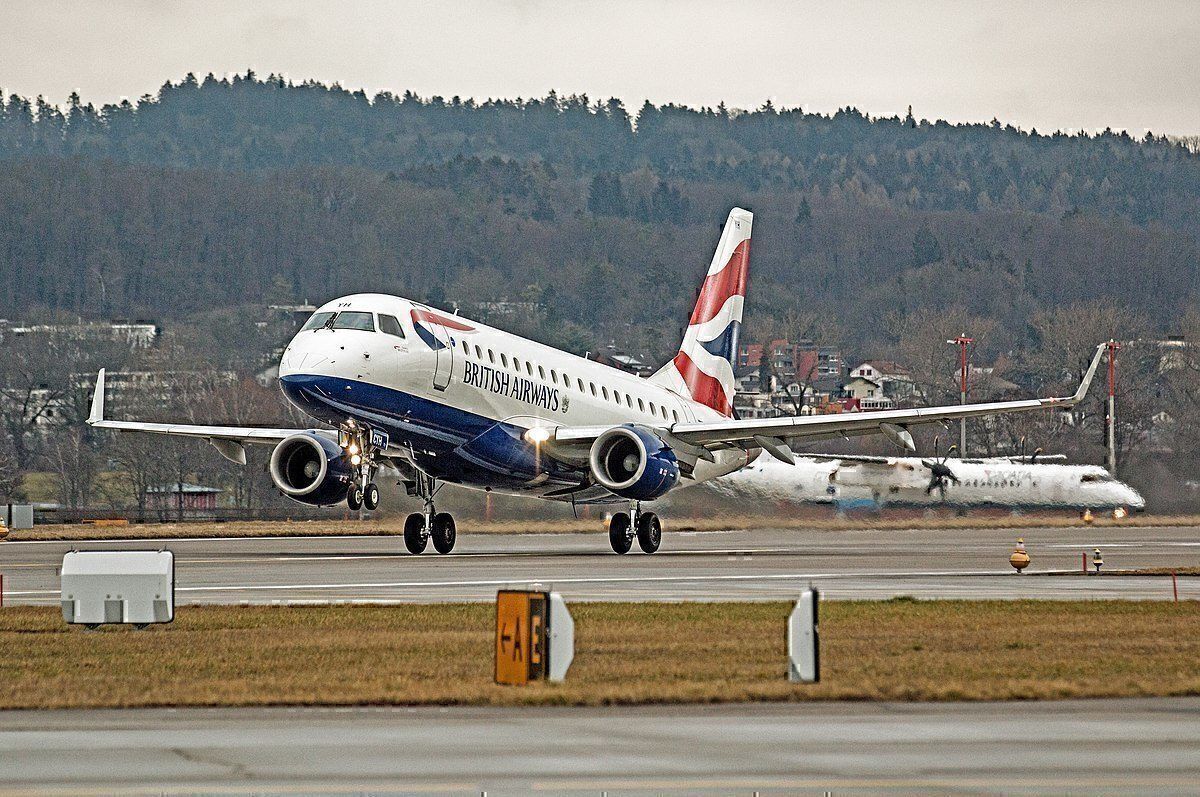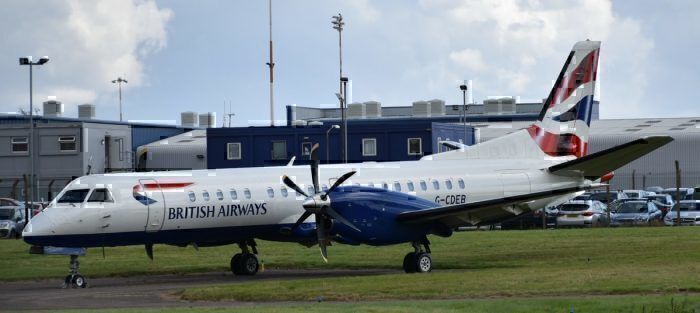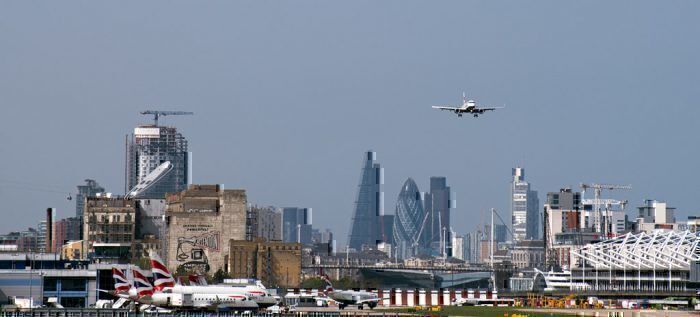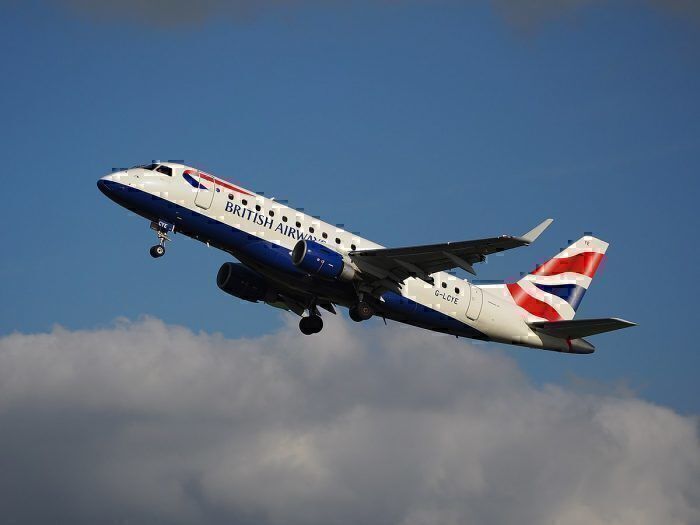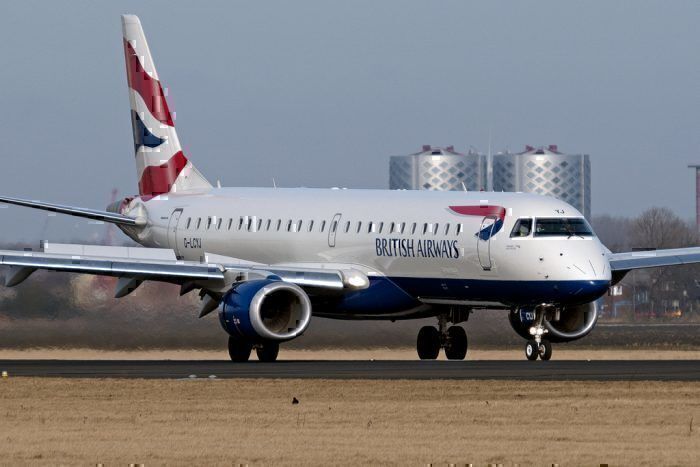British Airways’ subsidiary, BA CityFlyer, doubled its profits last year. At a time when many airlines are struggling to turn a profit at all, this is quite an achievement. Simple Flying takes a look at how they did it.
BA CityFlyer is the regional arm of British Airways. Operating a fleet of 24 Embraer ERJ-170 and -190 aircraft, the airline connects regional airports to each other, flying within the UK as well as to destinations in Western Europe. According to Flight Global, CityFlyer had an outstanding year in 2018, doubling its pretax profits to £42.1m ($52m). So, how did the carrier do it?
Increasing capacity
CityFlyer has seen passenger capacity increase year on year since 2009, with 2018 one of the largest jumps for the past four years. Capacity overall was up 13.4%, bringing the airline to a total passenger load of 2.7m passengers across 41,068 flights.
More importantly, load factor increased too. From a load factor of just 49% in 2009, the airline has steadily built this up, increasing every year since. Last year, load factor stood at 75.3%, which is a great figure for a regional carrier.
In 2018, it leased one Embraer E190 jet for regional ops, which was delivered in May in time for the summer season. According to Flight Global, it also wet leased a Saab 2000, specifically to add capacity to its Isle of Man services.
Limiting expenditure
CityFlyer’s revenues for 2018 were up 18% on the year before, totaling £278m. While the increased revenues went partway to securing a doubling of profits, it’s not the whole picture.
Alongside a boost in revenue, the airline also managed to limit its rise in expenditure to just 14.5%. While we don’t have detail on how precisely this was achieved, clearly the management team at CityFlyer are making an effort to maintain a highly efficient operation.
Despite making efforts to trim down on waste, CityFlyer is yet to switch over to buy on board only, something BA adopted on European short-haul some time ago. Currently, passengers are still able to get a snack and free drinks on board, although it’s likely this will eventually change.
Tactical route changes
Over the course of 2018, CityFlyer undertook some ‘tactical’ route changes, as it strove to wring the best value out of lucrative routes, and not to waste time on less profitable ones. Notably, the carrier pulled out of Birmingham and Bristol airports entirely, as the routes from there proved too competitive with LCCs Ryanair and easyJet also vying for position.
This trend for capitalizing route performance has continued into 2019, as CityFlyer recently announced route changes for the winter season. In this, the regional carrier increased frequencies on five routes, including to Dublin, Berlin and Florence, and decreased service on four: Rotterdam, Zurich, Reykjavik and Geneva.
By keeping on top of which routes are making money and which aren’t CityFlyer is able to act swiftly to make the most of the current situation.
The future for CityFlyer
Clearly, BA CityFlyer is performing well, so IAG will be looking for the subsidiary to continue its growth. However, with only two aircraft on order, both E190s, it’s about time that the airline looked towards getting a few more aircraft into its delivery schedule.
Parent company IAG has already stated it is looking towards a fleet renewal for CityFlyer. Although its overall fleet has an average age of just 9.0 years, these first-generation Embraers just aren’t as efficient as the newer range of E2 jets.
While the Airbus A220 would be a workable and efficient aircraft for CityFlyer, it would require extensive crew retraining. As such, it’s more likely that IAG will plump for some new E2 aircraft for regional ops in the future.
Have you flown with BA’s regional subsidiary? What did you think? Let us know in the comments!

